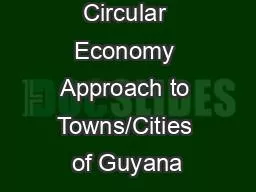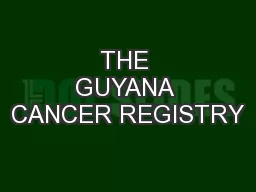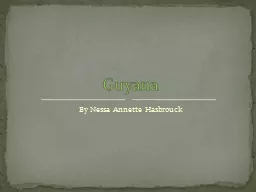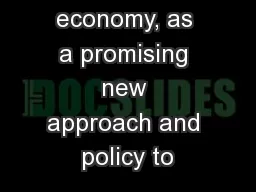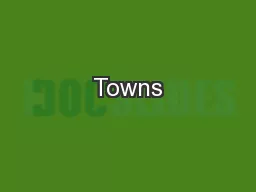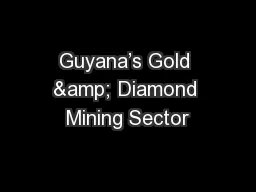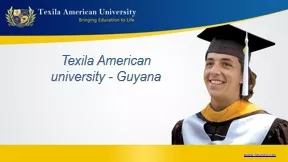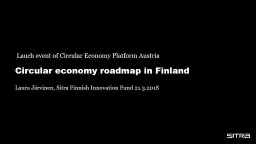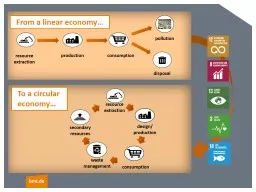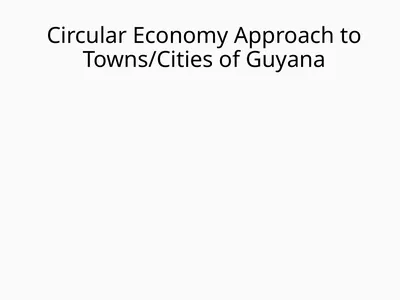PPT-Circular Economy Approach to Towns/Cities of Guyana
Author : blondiental | Published Date : 2020-08-04
Overall Objectives of NAMA 3 pillar approach to Greening the Economy of Guyana to achieve economic prosperity environmental integrity and social wellbeing Goal
Presentation Embed Code
Download Presentation
Download Presentation The PPT/PDF document "Circular Economy Approach to Towns/Citie..." is the property of its rightful owner. Permission is granted to download and print the materials on this website for personal, non-commercial use only, and to display it on your personal computer provided you do not modify the materials and that you retain all copyright notices contained in the materials. By downloading content from our website, you accept the terms of this agreement.
Circular Economy Approach to Towns/Cities of Guyana: Transcript
Download Rules Of Document
"Circular Economy Approach to Towns/Cities of Guyana"The content belongs to its owner. You may download and print it for personal use, without modification, and keep all copyright notices. By downloading, you agree to these terms.
Related Documents

